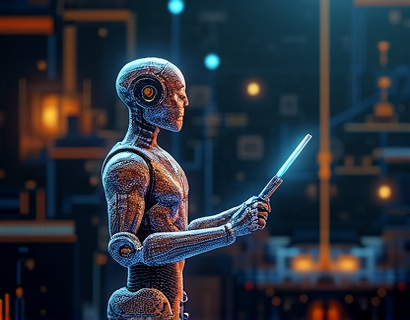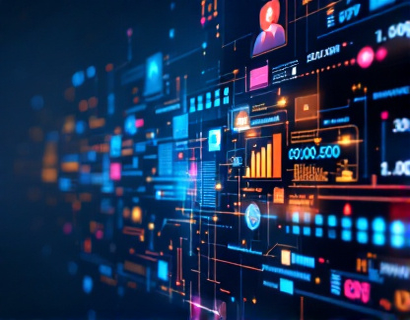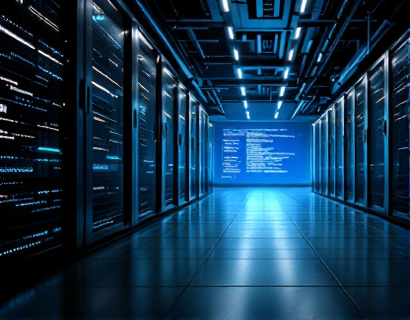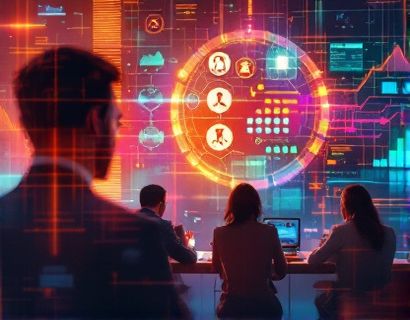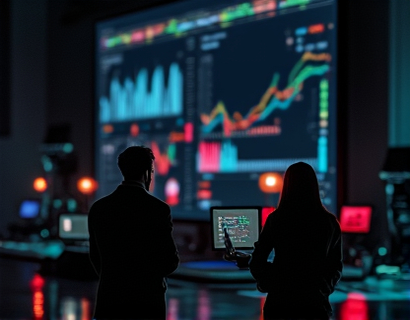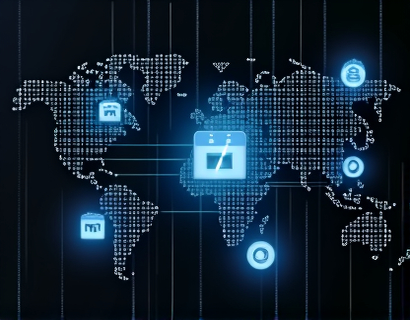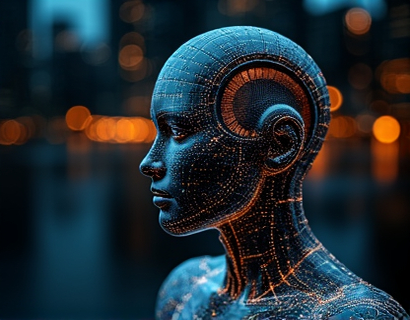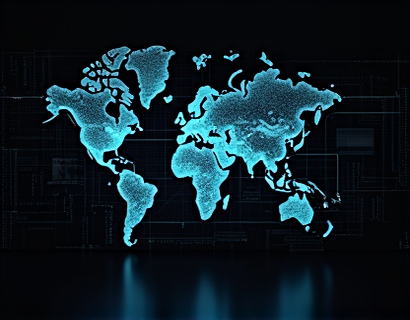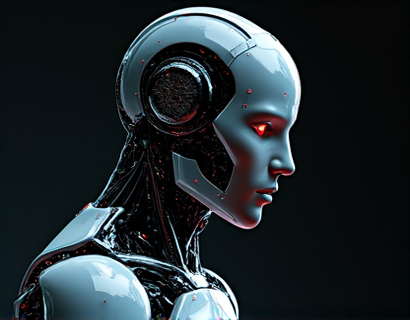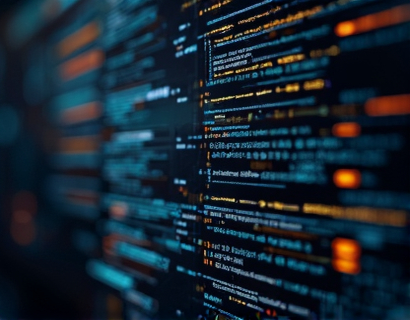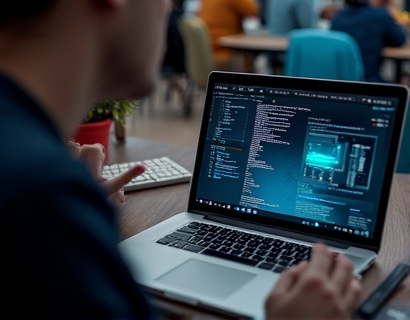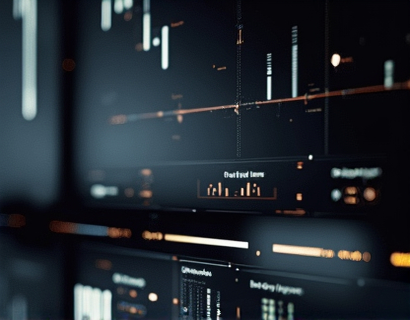Decentralized Productivity 2025: Maximizing Business Potential through AI and Crypto Synergy
The landscape of business productivity is undergoing a transformative shift, driven by the synergy between artificial intelligence and cryptocurrency. This convergence is giving rise to decentralized platforms that promise to redefine how businesses operate, connect, and innovate. In 2025, the focus is on leveraging these technologies to create advanced tools that enhance productivity and foster a new era of connectivity for tech leaders and early adopters.
Decentralization, powered by blockchain technology, offers a paradigm shift from traditional centralized systems. It enables a more democratic and transparent approach to business operations, where control is distributed among network participants rather than concentrated in the hands of a few. This shift is particularly significant for productivity tools, as it allows for the creation of platforms that are resilient, secure, and resistant to censorship.
Artificial intelligence, on the other hand, brings unparalleled capabilities to automate, optimize, and analyze complex tasks. When combined with the decentralized infrastructure, AI can operate more efficiently and effectively, providing insights and automation that were previously unattainable. This synergy is not just about enhancing existing tools but about reimagining the entire ecosystem of business productivity.
The integration of AI and cryptocurrency in decentralized platforms leads to several key benefits. First, it ensures data integrity and security through cryptographic techniques, making it nearly impossible for unauthorized parties to alter or tamper with information. Second, it enables seamless and secure transactions without the need for intermediaries, reducing costs and increasing efficiency. Third, it fosters a community-driven approach where users can contribute to the development and improvement of tools, creating a more dynamic and responsive ecosystem.
One of the most significant advantages of decentralized productivity tools is their ability to enhance collaboration. Traditional collaboration tools often suffer from issues like data silos, lack of transparency, and dependency on central authorities. Decentralized platforms eliminate these barriers by providing a shared, transparent, and tamper-proof workspace. This environment encourages open communication, trust, and innovation among team members, regardless of their geographical location.
For tech leaders and early adopters, the potential of decentralized productivity tools is immense. These tools can streamline workflows, automate repetitive tasks, and provide real-time insights through AI-driven analytics. The decentralized nature of these platforms also means that businesses can operate with greater autonomy and flexibility, adapting quickly to market changes and customer needs.
To fully leverage the benefits of decentralized productivity, it is essential to understand the underlying technologies. Blockchain, the backbone of decentralized systems, ensures that all transactions and data exchanges are recorded in a transparent and immutable ledger. Smart contracts, self-executing contracts with the terms directly written into code, automate and enforce agreements without the need for intermediaries. These features collectively create a robust foundation for decentralized productivity tools.
AI, when integrated with blockchain, can process and analyze vast amounts of data stored on the blockchain. This capability enables advanced analytics, predictive modeling, and personalized recommendations. For instance, AI can identify patterns in user behavior, optimize resource allocation, and predict potential bottlenecks in workflows. These insights can be used to make data-driven decisions, further enhancing productivity and efficiency.
The synergy between AI and cryptocurrency also opens up new possibilities for tokenization. Tokenization involves representing assets or utilities as digital tokens on a blockchain. In the context of productivity tools, tokens can be used to incentivize contributions, reward performance, and facilitate peer-to-peer transactions. For example, a decentralized platform could issue tokens that represent computing power, storage space, or expertise, allowing users to trade these resources directly and efficiently.
Another area where AI and decentralization intersect is in the realm of identity and access management. Decentralized identity solutions ensure that users have full control over their personal data and can securely authenticate themselves without relying on centralized authorities. AI can enhance this process by analyzing behavior patterns to detect and prevent unauthorized access, further bolstering security.
For businesses looking to adopt decentralized productivity tools, the first step is to assess their current infrastructure and identify areas where decentralization can bring the most value. This might involve evaluating existing collaboration tools, data management systems, and workflow processes. By understanding the pain points and opportunities, businesses can make informed decisions about which decentralized solutions to implement.
Once the assessment is complete, the next step is to choose the right decentralized platforms and tools. This involves researching different options, considering factors such as scalability, security, user interface, and community support. It is crucial to select platforms that align with the business's goals and have a strong, active community to ensure ongoing development and support.
Implementing decentralized productivity tools requires a shift in mindset and processes. Organizations need to embrace a culture of decentralization, where transparency, collaboration, and user empowerment are core values. Training and education are essential to help employees understand and effectively use these new tools. Providing resources and support can facilitate a smoother transition and maximize the adoption rate.
Moreover, integrating AI-driven analytics into decentralized platforms can provide continuous insights and improvements. AI can monitor the performance of tools, identify areas for optimization, and suggest enhancements based on user feedback and data patterns. This ongoing optimization ensures that the productivity tools remain relevant and effective, adapting to the evolving needs of the business.
The future of decentralized productivity is promising, with ongoing advancements in both AI and blockchain technologies. As these technologies mature, we can expect even more innovative solutions that further enhance business operations. The key for businesses is to stay informed, be proactive, and embrace the decentralized and AI-driven revolution. By doing so, they can unlock new levels of productivity, security, and connectivity, positioning themselves as leaders in the digital landscape.
In conclusion, the combination of AI and decentralization offers a powerful framework for maximizing business potential in 2025. By leveraging the strengths of both technologies, businesses can create advanced, secure, and collaborative productivity tools that drive innovation and efficiency. For tech leaders and early adopters, the journey into decentralized productivity is not just an option but a necessity for staying competitive and relevant in the rapidly evolving digital world.







